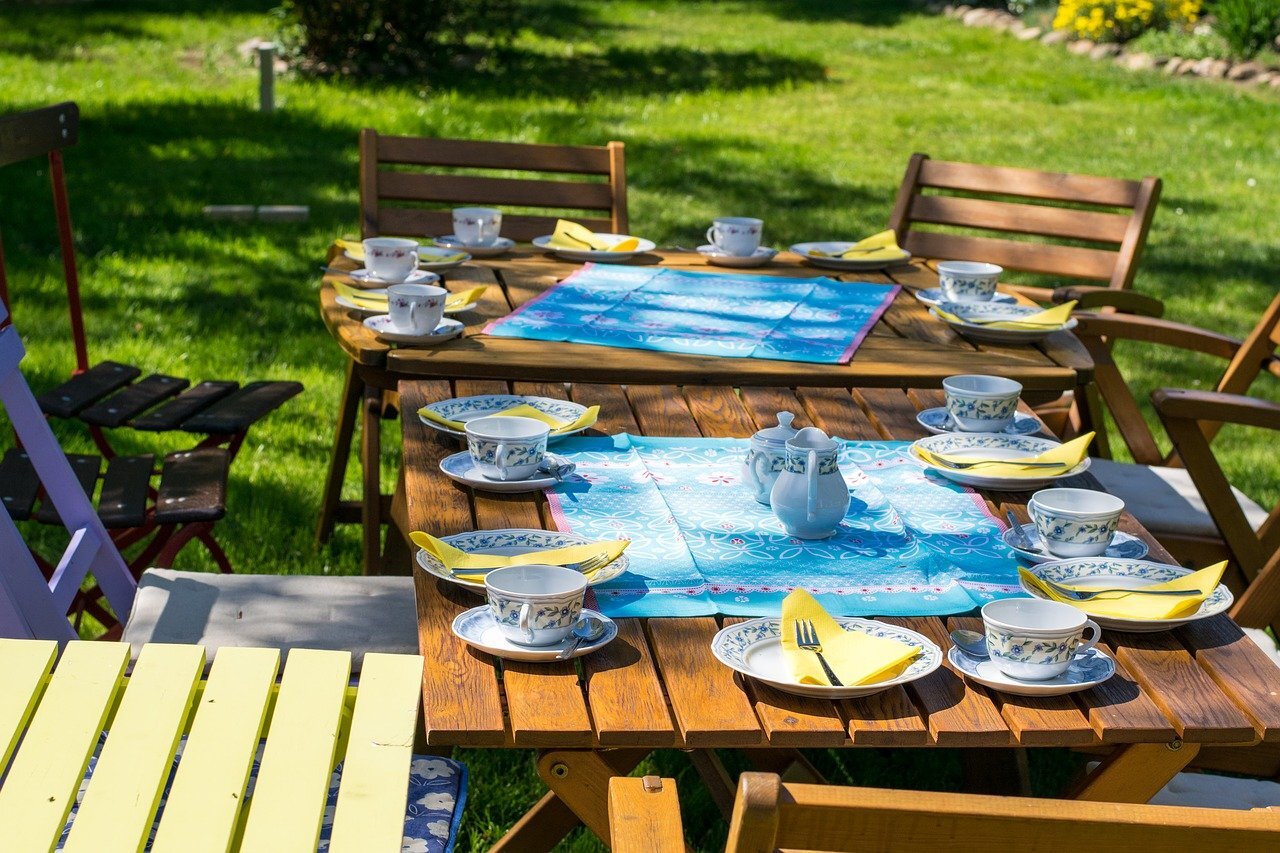Get ready to taste the best pancakes you’ve ever had.
This recipe is going to require a good bit of planning ahead. It's going to take at least a week of forethought. We know, that sounds like an awful lot - usually these are one-day recipes, or even just a few minutes. But that week of planning will lead you to the best and fluffiest pancakes, and it will make things like bread and tortillas easier in the future if you choose to keep it going.
You're about to embark upon a culinary adventure. And it starts with a science experiment.
Allow us to introduce you to sourdough.
There are two ways to get started with this. Three, if you happen to have a friend with a starter who's willing to share (which we can basically guarantee they will be - keeping a starter alive requires frequent discarding, which means a nice chunk of active starter is up for grabs each time). You could start your own; there are tutorials all over the internet for it. You could order some dehydrated starter from a business, and bring it back to life with a little flour and water. Or maybe you can ask that friend we mentioned earlier - it seems like, after quarantine, everyone knows someone with a little sourdough monster living in a jar in their kitchen.
A starter requires a little bit of attention each day, as well as some feeding and some culling. Basically, once it's alive, you toss out enough of it to get it back down to a manageable size, then add flour and water until you've reached a 1:1:1 flour to water to starter ratio. Give it a stir, put a lid on it, and let it sit until feeding time tomorrow. Or if you're likely to bake a bunch, skip the discard and add that much more flour and water. (In case you haven't guessed, we bake a bunch.) And when you don't plan to bake too much, or if you might have to leave town and no one will be around to feed it, you can put it into the fridge or freezer so that it goes dormant.
Once you have that starter ready to go (it'll smell strongly of yeast and it'll be visibly bubbly), you get to do the fun part: make a great big mess measuring it out!
It's squishy. It smells funny. It might be a food. Your dog will love it. Please be sure to keep it away from the fuzzy friends in the house - sourdough starter is no good for them, but they have no way to know that themselves.
Ingredients:
1 1/2 cup active sourdough starter
1/4 cup melted butter
3 eggs
1 1/4 cup milk
2 teaspoons almond extract
1 2/3 cup flour
1 tsp baking soda
1 tsp baking powder
1 tsp salt
1 cup fruit or chocolate chips (optional - we used blueberries for the example in the photos)
Double double… what? What do you mean it’s too early for that still?
Tools:
Mixing bowl, whisk, measuring cups and spoons, spatula, pan or griddle, non-stick spray. Optional: hand mixer.
Measure your liquid ingredients into the mixing bowl and whisk them all together. Try not to have too much of a difference in temperature between the eggs, milk and butter when you start mixing... because hot butter plus eggs plus milk is also the recipe for scrambled eggs.
Add your dry ingredients one at a time, holding the fruit or chocolate chips for last (if you've chosen to use them). Start gently so you don't wear the flour - but once you've got everything dampened, you can switch to using a hand mixer to speed things up if you prefer. Your batter will be thin, and possibly a little lumpy, but that's okay.
Start the heat under your pan or griddle and allow it to warm up to medium.
Fold your fruit or chocolate chips (again, assuming you've chosen to use them) into the batter. You should probably do this part by hand, as using a mixer can pulverize delicate fruit. Then again, pureed berries in the batter can dye the whole pancake vibrant colors. Maybe you're cooking for Rick Riordan fans who have been clamoring for blue pancakes. If that's the case, or if you want, say, pink or purple for a theme party, go ahead and smash all the berries you want.
Turn the heat under the pan or griddle down to low, spray with non-stick spray. Give the layer of spray a quick smear with the back of the spatula (this sounds weird, but it helps prevent the bubbly, uneven-looking cooking on the bottom) and pour a blob of pancake batter in.
Wait until you can see bubbles coming up to the uncooked top of the pancake most of the way into the middle, and the edges begin to look all set up. That usually takes a minute and a half to two minutes on our griddle, but you know your kitchen better than we know it, so make your own call here.
Slide the spatula under the pancake, lift and flip it all in one motion. Keep in mind, the more you drag it out, the more pancake batter drips you'll be stuck cleaning up later.
Cook for another minute on this side, lift an edge with the spatula and check for doneness. If it still looks pale, let it cook a little longer. If it's looking a bit scorched, lower the heat even more, and maybe feed that one to the family pet (cooked sourdough is fine!).
Once the pancake has reached the desired color on both sides, move it to a plate and start the process over again, repeating until you have enough pancakes or you run out of batter. We like to keep the plate of pancakes covered with another plate of the same size inverted over top to trap some of the heat, but be aware that it'll hold moisture too - and no one wants soggy pancakes unless they're drowning in syrup.
Now that you’ve got a stack of pancakes, let us know what you think over on Facebook! Is this going to be a regular breakfast addition for you? Would you rather try doing something else with your sourdough starter? (Hint: The internet has tons of ideas.) Or maybe you’d rather check out a different breakfast option entirely, something a little sweeter. For that we suggest checking out our Apple Oatcake, still just as good, if a little less work intensive.
Now that we’ve helped you feed yourself, potentially for months if not years, it’s time to clean up the kitchen. What do you mean you’ve got a busted dishwasher? That’s ok, we can help with that too. If your dishwasher is busted and you live in The Colony or the surrounding area, we can help you. Dried out valves, peeling liners, flooding kitchens, we’ve seen them all and we’re here to keep your home running smoothly. Give us a call at ((214) 599-0055 ) or visit us at our website to set up an appointment today.







